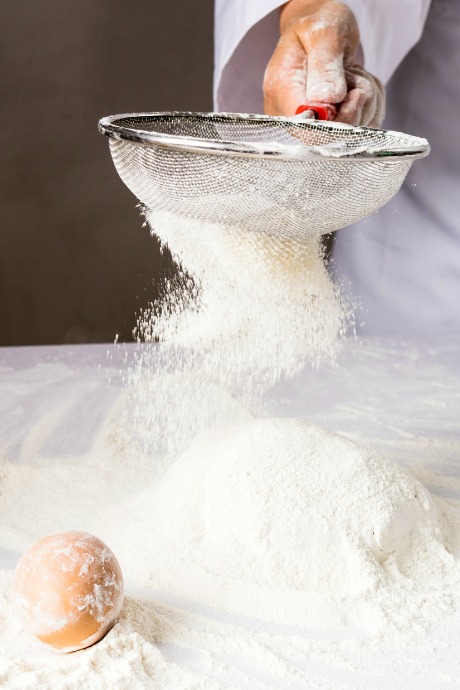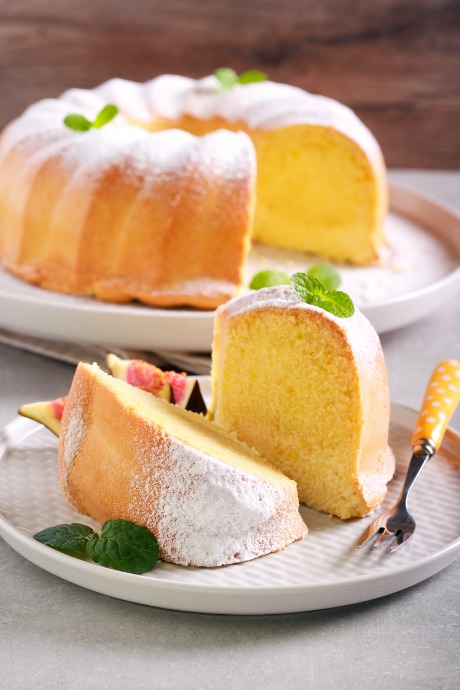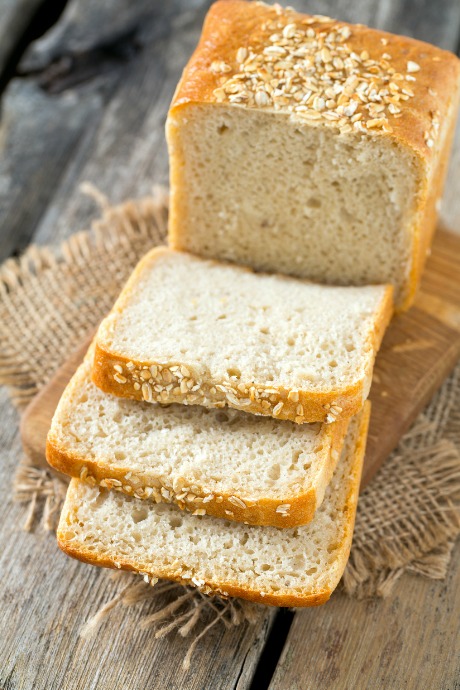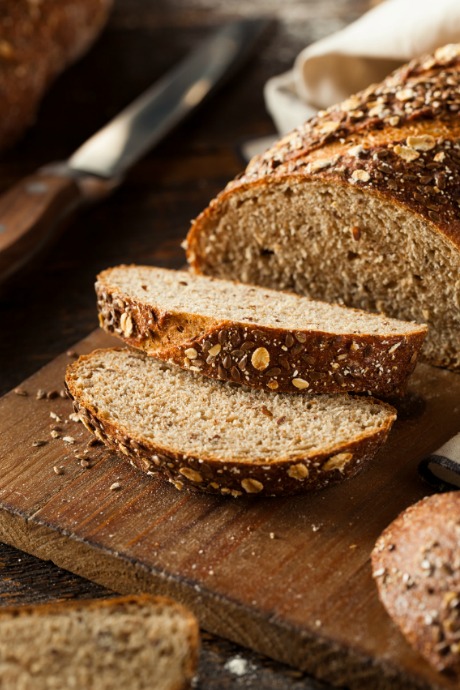Types of Flour: The Language of Baking
Posted by Amy on Oct 29th 2018
Have you ever been eager to try a new baking recipe, only to find that it calls for a type of flour you don't have on hand? You stop short and wonder, "Do I really have to go out and buy another bag of flour when I already have a five pound bag of all-purpose flour in my pantry?"
Over the years, we've gotten a lot of questions about flour. What’s the difference between all-purpose and bread flour? How do I substitute for gluten-free baking? Is there a health benefit to using whole wheat flour? To add to the confusion, in the baking aisle at many grocery stores there are no fewer than a dozen different flours: all-purpose, whole wheat, bread, cake, pastry, almond, coconut, gluten-free, high-gluten, barley, self-rising, rice, and many more.
How do you know which flour to use? Is it necessary to keep a dozen different types of flour on hand for all baking contingencies? We’ll answer all those questions and a few others.
All-Purpose Flour
As you’ve probably guessed, all-purpose flour is good for all purposes. It is not necessary to rearrange your pantry to accommodate several different flours; all-purpose will do just fine for the majority of your cooking and baking needs. All-purpose flour is made using a combination of a hard, higher gluten wheat like that used in bread flour, and a soft, lower gluten wheat like the kind used in cake flour.

These days most flour is pre-sifted, often eliminating the need to sift. But it can settle during shipping, so a good stir with a whisk should sufficiently lighten the flour’s texture. All-purpose flour is available bleached and unbleached. Bleaching makes the wheat to appear whiter, giving you a lighter colored bake. It has no effect on the actual baking chemistry.
Cake Flour
Cake flour is milled from a softer low gluten wheat. When baked, it gives a lighter, more delicate crumb. The lower gluten content makes your baked goods softer, lighter, and less chewy. Most cake recipes will instruct you to mix your batter until it is just combined. This avoids activating too much gluten, which would result in a dry and chewy cake.

If you find that your cakes are often too dry or dense, feel free to give cake flour a try in place of all-purpose flour. The substitution ratio is one cup and two tablespoons of cake flour for every cup of all-purpose flour. However, if you are baking at high altitude, your cake will not rise well if you use only cake flour. Use half cake flour and half all-purpose flour instead.
Bread Flour
In stark contrast to cake flour, bread flour is milled from a harder wheat with a higher gluten content. This provides structure to bread and helps it rise higher. If you use a bread machine and find you are getting super dense loaves, try substituting bread flour in place of all-purpose flour at a 1:1 ratio. I put this theory to the test with a family recipe, and the results blew my mind.

If you enjoy dabbling with baking artisan loaves or bagels, you may want to have bread flour on hand. At high altitude, bread flour will also help avoid that super dense texture in loaves that we see all too frequently.
Pastry Flour
Like cake flour, pastry flour is lower in gluten than all-purpose flour. However, it is also lower in starch than cake flour. This prevents gluten activation, which can lead to chewy rather than flaky pies and pastries. It is possible to make your own pastry flour using a 2:1 ratio of all-purpose flour to cake flour. If you make a lot of pies and pastries, or you struggle with getting that flaky pie crust, give pastry flour a try.
Gluten-Free Flour
We’ve already established that gluten is the key element for making bread chewy, so what do you do when you can’t eat gluten? Luckily over the past few years, baking has gotten easier for the gluten intolerant. Companies like Cup4Cup, Bob’s Red Mill, and King Arthur Flour sell gluten-free flour that you can substitute for all-purpose flour, usually at a 1:1 ratio. These flours commonly include xantham gum to create the stickiness you would normally get from gluten. Results will vary depending on what you are cooking or baking.
Whole Wheat Flour
Whole wheat, as the name implies, is made using the entire wheat seed. All-purpose flour is made by milling just the endosperm (the tissue inside the seed) from wheat, whereas whole wheat is milled from the bran, germ, and endosperm.

As a result, whole wheat flour is considered to be more nutritious since the bran and germ are a good source of calcium, iron, and fiber. However, because whole wheat flour includes the bran, germ, and endosperm, it is heavier. Therefore, it may need to be combined with all-purpose flour to rise higher.
Specialty Flour
This category includes almond, coconut, and rice flour, which are made from finely ground almonds, coconut, and rice, respectively. You will rarely need specialty flours unless your recipe specifically calls for it. But I must recommend rice flour for dredging when pan frying. It's naturally gluten-free and has a delightfully crispy texture. Plus you can make it yourself if you have a powerful enough blender.
True Flour Confessions
On any given day, you will find an open 25-pound bag of all-purpose flour in my freezer, and three containers in my pantry containing all-purpose, bread and pastry flours. In case you haven’t guessed by now, I love baking. I enjoy experimenting with ingredients to find what yields the best bake. Flour is relatively inexpensive, so try different varieties and have some fun. Even when things don’t turn out exactly like you planned, they’re still usually delicious!
Amy Rice writes the blog Life is Better with Butter. A professional in the housewares industry, her kitchen obsession flows over into her personal life. The latest in a long line of resourceful home cooks, she believes a weekly trip to the grocery store should be fun, weekends are for baking, and some of the best meals are made from cleaning out the refrigerator.

